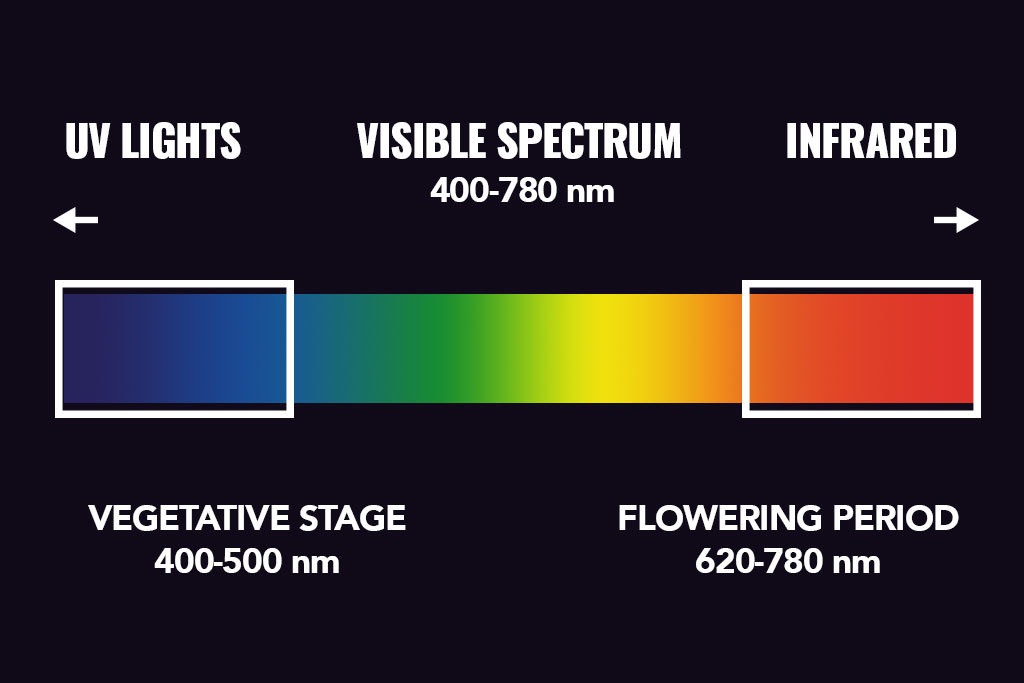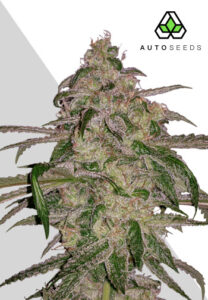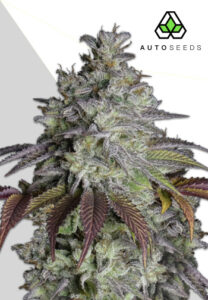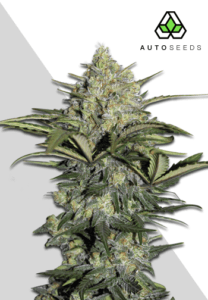
Best Grow Lights For Autoflowers
Grow lights are one of the most important components for indoor operations. Not only do they act as the ‘sun’ for plant energy, but typically cost the most too. Meaning, you’ll want to make sure you choose the right one to remain cost-effective, and efficient for growth. Since autoflowering plants differ from photoperiod plants – their grow light preferences do as well. So, here we’ll go in-depth on the best grow lights for autoflowers to optimize your indoor grow and budget.
The Basics of Autoflowering Plants
Autoflower plants are specialized cannabis genetics that flower without the change in light cycles. Unlike photoperiod plants, autoflowering genes do not require specific periods of darkness to ‘bloom’ or flower. The genes are essentially on ‘auto-pilot’ to go from seed, veg and flower within a short period of time. Typically autoflower plants have a life cycle of only 3 months or less.
But while autoflowering plants don’t technically need periods of darkness they can benefit from specific light schedules. Plus, they can benefit from specific types of lights and spectrums to grow.
Grow Light Basics for Autoflowers

Obviously, every cannabis plant relies on lights for energy that’s required for the photosynthesis process. While you might think you can skimp on lights, due to autoflowers ease of growth – you couldn’t be more wrong. Autoflowering plants still benefit from specific spectrums, and types of lights for optimal growth. In fact, with some of the best grow lights on the market, you can maximize autoflowering yields altogether.
So, what do we know so far about lights that work best for autoflowers? First, it’s important to know that early research shows autoflowering genetics benefit from 20-24 hours of light. That means, when choosing a light you’ll want to take monthly electricity costs into consideration. Since, you’ll be running lights more than when growing photoperiod plants where lights turn off for a period of time each day.
Here’s a few other lighting facts to know about autoflowers before we review the best grow lights for autoflowers in full –
- Same as photoperiod plants, autoflowering plants prefer a blue light spectrum for their early ‘veg’ phase. The blue wavelengths promote strong, and healthy leaf growth. This is ideal for veg, as leaves act as the surface where plants absorb light. By absorbing as much light as possible, the plant is strong enough for support necessary in the flowering stage.
- PAR, and kelvin measurements are key for boosting bud productivity and size as they both indicate overall light intensity and spectrum. Which is even more important taking autoflowers’ short life cycle into consideration. Kelvin is a term to measure or describe the color temperature of a light, referencing the warmth or coolness. PAR wavelength measurements indicate the amount of light visible in a range of 400 to 700 nanometers (nm) which is necessary to promote photosynthesis. For autoflowers, you’ll want a light that has a PAR range of 440nm and 660nm wavelengths, where lights emit more red and blue spectrums. The color temperature or kelvin measurements vary for stages of growth – the lower, the more red, the higher, the more blue.
- Just as autoflower plants are about to flower, adding in a mix of red spectrum is ideal. Red wavelengths support bud formation, promoting the big heavy nugs every grower desires. When too much blue spectrum is present during flowering, autoflowering plants can be leafy vs packing on weight.

Best Grow Lights for Autoflowers
Now that we know more about the needs of autoflowers when it comes to lighting, let’s detail the varying types of lights and when each is best.
Fluorescent & compact fluorescent
Because autoflower plants aren’t as hardy as photoperiod plants, they’re more prone to issues in early stages of growth. For the first 1-2 weeks of growth, many growers keep autoflowering genetics under fluorescent or compact fluorescent lights for this reason. CFLs normally rate around 5000 Kelvin, which is a light intensity blue light. This measurement benefits seeds and clones, developing roots.
CMH
Ceramic metal halides (CMH) or metal halides (MH) offer a mixed light spectrum of warm and cold light bulbs, but tend to range on the cooler side. Their kelvin measurements tend to hover around 6500, towards the blue spectrum. Which makes the grow light type another ideal choice for autoflower plants in their veg stage. But because these lights offer both spectrums, they can be used for the full life cycle of autoflower plants.
HPS
In contrast to CFLs and CMH, HPS lights are on the warmer side of the spectrum. They normally rate around 2500 kelvins, towards the red spectrum. That means, they’re better apt for the flowering phase of autoflowering plants.
LED Lights
The best LED grow lights on the market, will do all of the above and more energy efficiently too. While LED grow lights might be the most expensive, they’re typically the most efficient on ROI. As you’ll save on monthly electricity bills, and get a bigger bang for your buck when it comes to harvests. Most LED lights that are on the market today, offer a wide range of spectrums that are customizable with a control. Allowing you to fine-tune spectrums and intensity, that work best for autoflowering plants. While also allowing you to keep one light above your autoflower plants, without having to switch the bulbs or set-ups.
Learning Lights for Autoflowers
Choosing the best grow lights won’t just affect your budget, but your crops final yields too. Since autoflowering plants are unique in what they require to grow, it’s important to know all the details when it comes to light and energy needs. Now that you better understand what lighting it takes to grow autoflowers optimally, you’re better apt to purchase more wisely. The more you know, the better you can grow – so stay tuned to AutoSeeds for more education to stay on top of your game.




